|
If you live in an urban area and are interested in raising your own meat or animal products. there are more options than what you might think. Before investing in the animals, housing and other supplies, be sure to check with your city ordinances! Doing so could save you a lot of trouble and money down the road. If you are wanting to be a breeder, you will also need to check regulations before raising and selling. The intent here is to provide information on small animals suitable for raising in backyards. Our focus will be on meat and other animal products. WARNING: Keep your distance and don't become too attached!
Ducks & Geese One's first thought would be to raise ducks and geese for their meat. Another product would be their eggs. Duck and goose eggs are great for eating. Some people prefer to use duck eggs over chicken eggs for baking. Another use of the eggs would be to blow out the insides and decorate the shells.
Now for a couple animals I have never been around or raised... Quail and cattle. I will share what I do know.
Minature Cattle Exercise caution before breeding! Due to their small size I would be concerned about breeding and the ability to give birth naturally. To avoid the stress and expenses associated with problem deliveries, do you research first. I hope the information above has been helpful and inspired you to raise a few backyard animals. But watch out, before you know it you will be moving to the country in search of larger pasture!
0 Comments
In recent years I have developed the desire for a greenhouse. This has come about for a few reasons. Mainly, I don't like all the leaves that fall off my ferns when indoors! Then there is the space issue and a bad case of spring fever which usually hits late January or mid February. Not totally sure what all I would use the greenhouse for, I didn't want to spend a lot of money on one. After a little thought, it hit me I could convert my arch garden into a greenhouse for the winter. In the winter the arch garden sits there as waste land. In the summer, I really have no need for a greenhouse. Also, having a greenhouse around the arch garden would allow me to get the archway plants started a little earlier. Sounds like a win/win. At least for the moment. I will save the details on how I built this for another day. Mainly because I want to see how well it holds up first. Most of you get the gist just by looking at the picture. In short, the arch garden is made with cattle panels and t-post. Basically just added plastic and duct tape to enclose it. If you decide to try this, or have a plan of your own, I would love to see pictures and hear about what worked, or didn't work, for you.
Cheers and God Bless! This fall I have noticed many Monarch Butterflies gracefully flying about in my pastures and yard. Don't recall noticing so many, if any during certain years, in the past. Hopefully my little farm is now in the migratory path! While watching these beautiful creatures the other day, I wondered how they could migrate to Mexico if their life cycle is only two to six weeks. Curiosity got the best of me and I did a little research. It seems butterflies produce four generations during the summer. My suspicions concerning migration were partially correct in that it takes multiple generations to make the journey. The journey north, that is. Three generations are needed to make the northward trip. BUT, to my surprise, it only takes one generation to fly south back to Mexico or southern California! Seems this fourth generation is special! It can live up to nine months. Butterflies east of the Rocky Mountains will migrate to Mexico, while butterflies west of the Rocky Mountains migrate to southern California. In North America there is a third geographically distinct population. This is the Central American population that migrates northward to southern Canada from Mexico. Millions of butterflies make this trip each fall with tens of thousands roosting in a single tree along the way. Fun Facts: 1. How far do they travel in a single day? 50 to 100 miles 2. How long does the journey south take? Up to 2 months 3. Monarchs cannot fly when their body temperature is less than 86 degrees. They will sit in the sun or let their wings shiver until their body temperature rises. To help report sightings and follow the tracking of migration for the Monarchs and other animals, check out this site: www.learner.org/north/maps/monarch.html Cheers and God Bless! Love this dopey dog of mine! He is so much fun and full of energy. Wish I had half his energy and nimbleness! He leaps over the fence like a gazelle, as he runs through the different pastures. Here he is in the apiary on one of our trips out to check the beehives last January. We usually get an escort to the bee yard, then it's off to frolic through the prairie grass and trees. Levi's a good dog in the apiary, but in the yard..... He's always trying to eat the bees!! Yes, he succeeds at catching and eating them. It's amazing to watch his head move around as his eyes focus on, and follow, the bee just before he leaps in the air to catch it with his mouth! I know what you're thinking, and no, most of the time he doesn't get stung. Only on one occasion did it appear he was stung. Not sure what it is, but those little buzzing ladies really irritate him. For the most part, it's not a big deal. That is, unless he eats the queen! Queen bees can get pretty pricey if you need to buy one. It is also possible to lose the entire hive without the queen. The chances of this actually happening as pretty rare. You see, the queen bee only leaves the hive once or twice for her mating flight, at which time she is matted for life. After just a few weeks of emerging from her honeycomb cell as an adult, she leaves the hive to take flight to a drone congregating area where she will mate with up to 15 or 20 drones (male bees). The mating takes place in mid-air. Hope you enjoyed this tidbit of bee information. Have a wonderful day and God Bless! I just LOVE Monday mornings! Most of the rest of the nation, and my family members, jump in the car and begin their commute to work. I get to stay here on the farm and work! Honey orders filled and shipped for the day. A country greeting sent out for your day! Running errands into town on a Monday is always fun as the farm supply, and other stores, are not crowded. Roads don't seem as busy on a Monday after rush hour. Just me, some John Deere tractors and other farmers running around. Some plowing and planting, others cutting or hauling hay. Then there are the rest of us running errands and picking up supplies. Time for me to head out and work with compost and worm bins next. Then it's back inside to my computer for a little more office work today. I absolutely love my life! Please, let me know about your favorite day of the week! Cheers to all and God Bless! I've used cast iron dutch ovens for years without knowing what all the pointy bumps were for on the inside of some lids. Well, as of today it's no longer a mystery. Turns out they are for basting. Having these bumps on the inside of the lid turns it into a self-basting oven. That's right, there's no need to open the oven, pull out the heavy pot, remove lid and bast the contents. Continuously basting while braising or stewing results in meats, soups and stews coming out very moist and juicy! Steam rises to the top of the pot, condensates on the lid and drips down the pointed bumps back into the soup or stew. It's like a little rain storm raining wholesome goodness on the delicious food inside. While enjoying my morning coffee and breakfast on the patio, I watched one of my frequent Hummingbird visitors eating nectar from the Ruellia plant. I was thinking how these blooms are a lot like the manna God provided for the Israelites. The Ruellia is bursting with purple blooms each morning, but by the end of the day all blooms have fallen off. No worries though, as God will provide more blooms in the morning! This serves as a reminder to me that just as God has provided for the daily needs of the Israelites and Hummingbirds, so too will he provide for mine. There have been many times in my life that God has provided exactly what was needed at just the right time! At this , I paused to thank the Lord for the daily provisions he provides. Share a time when God has provided manna for you. |
A Mattingly
Artist, Writer, Holistic Living Guide Important Disclaimer: Any content discussing medicinal uses of plants, herbs, or food as medicine is informational only and not prescriptive. When dealing with health issues, be sure to do your own research and consult with the appropriate health professional for guidance. These statements have not been evaluated by the FDA. It is information based on my personal research and studies.
Categories
All
Archives
September 2023
|
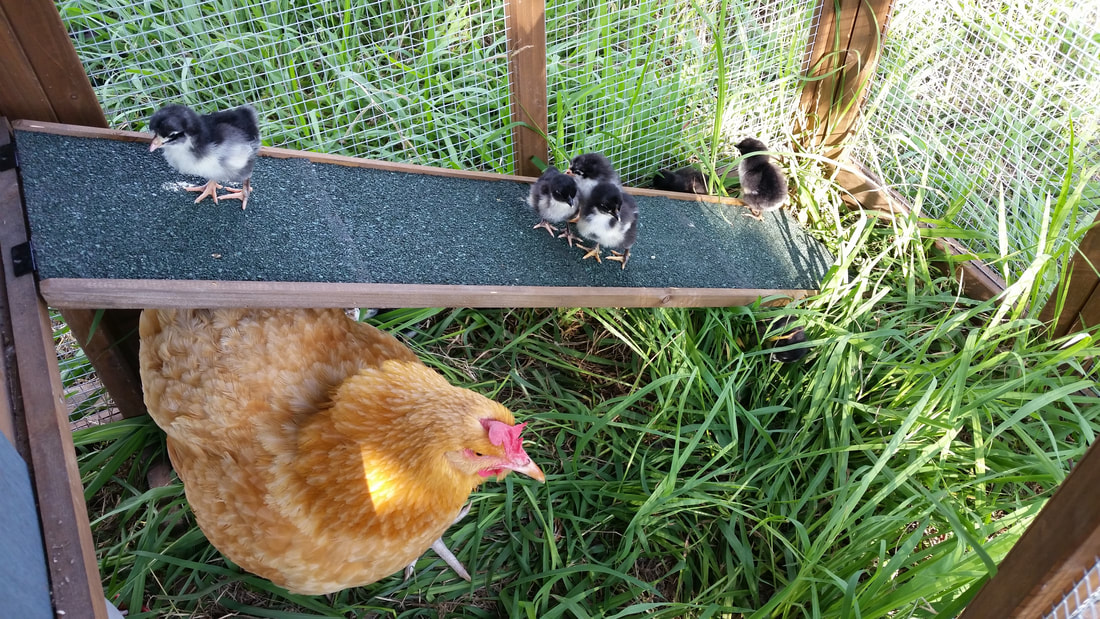
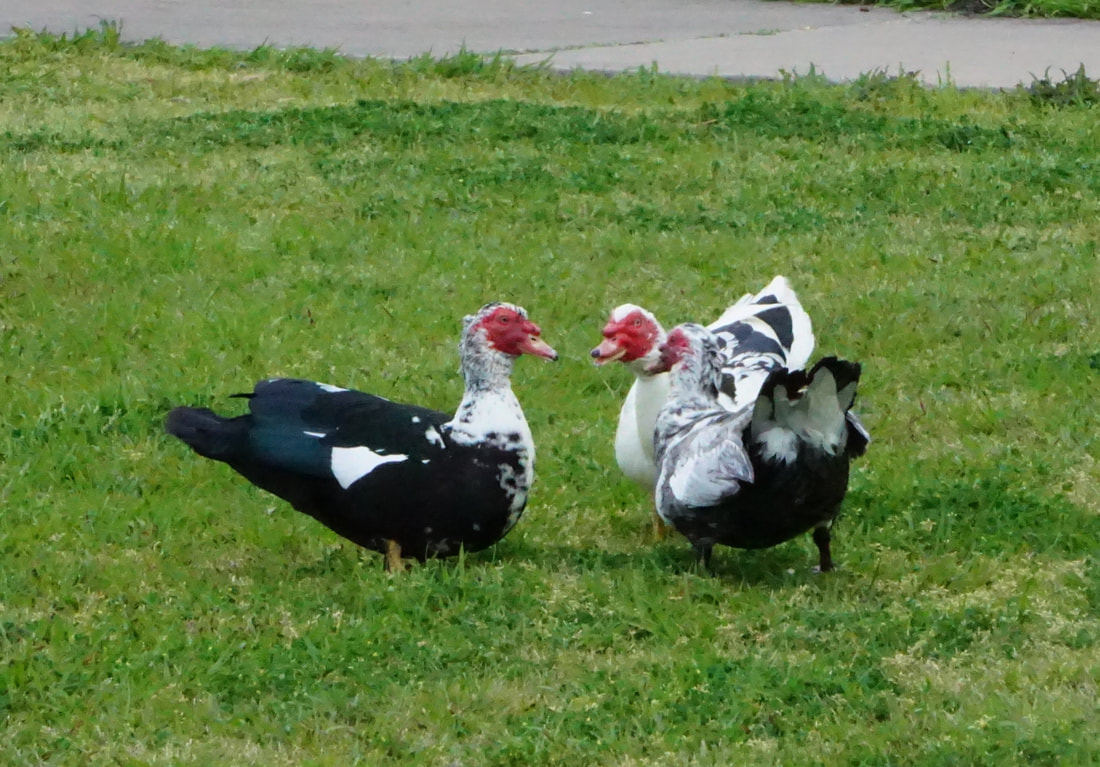
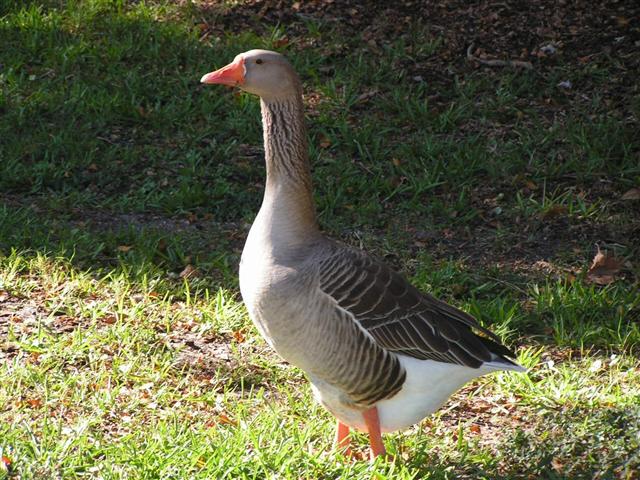
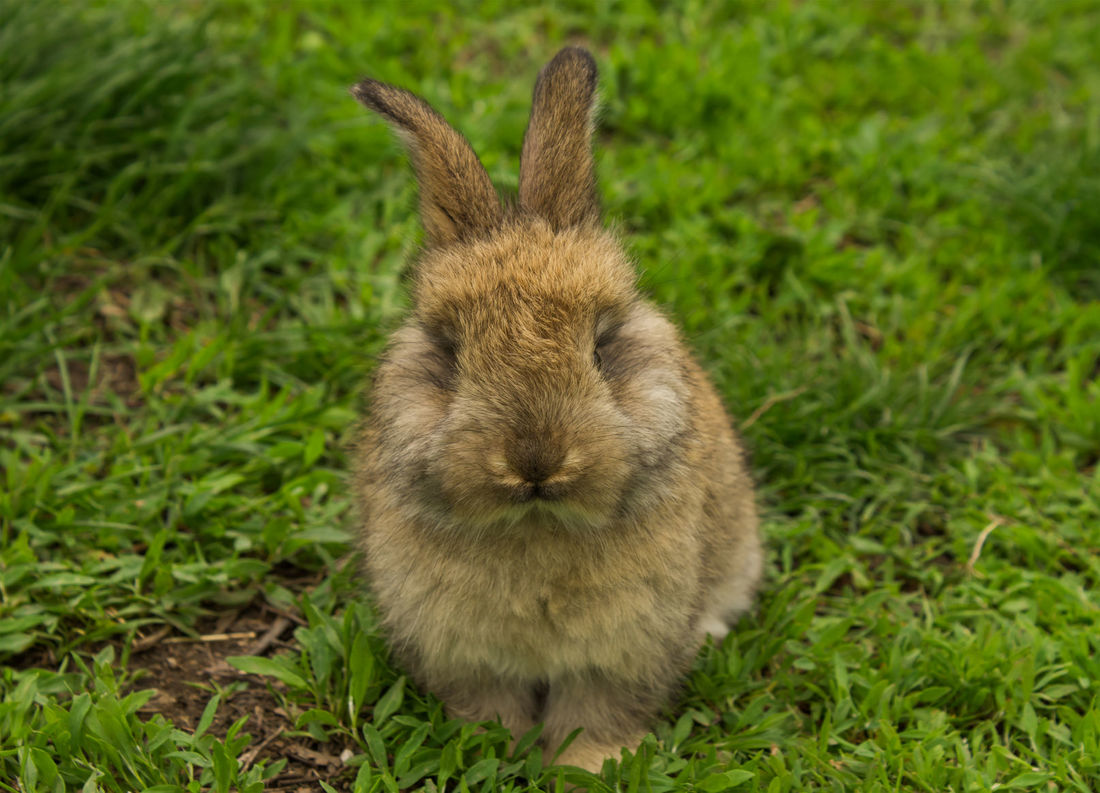
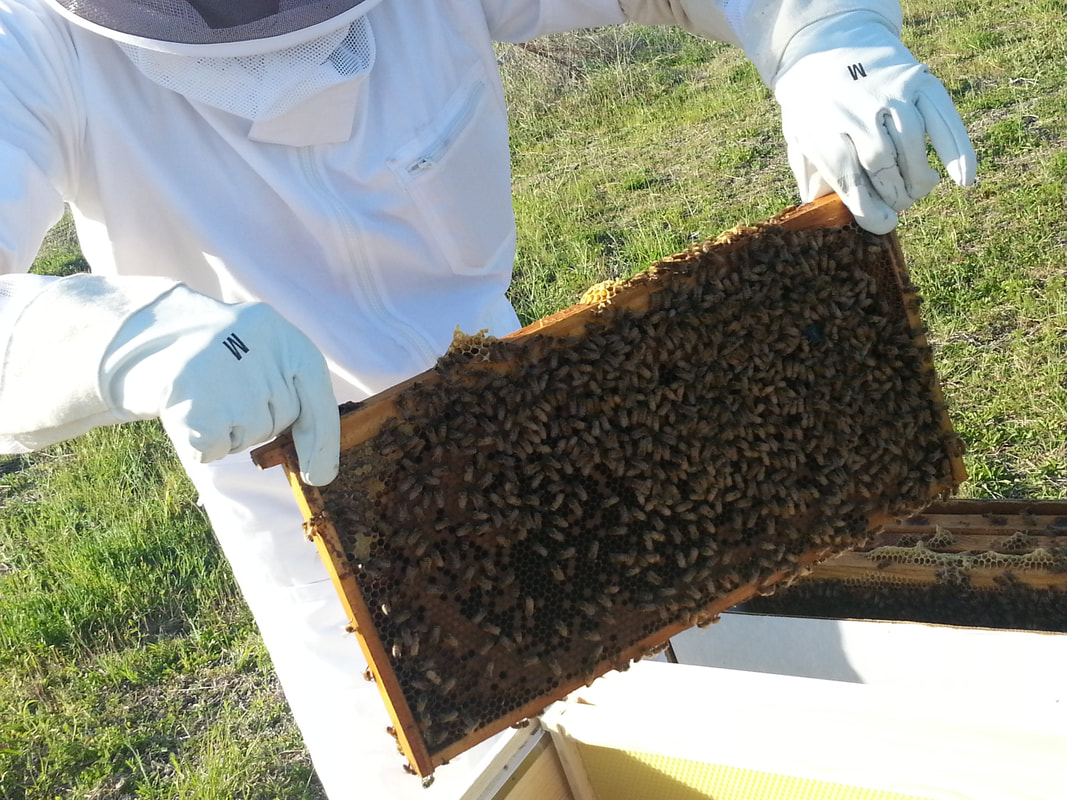
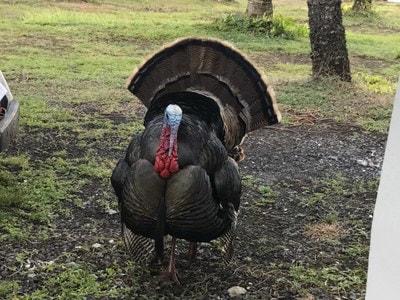
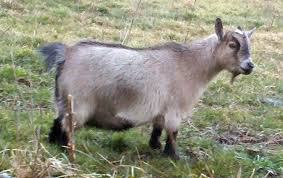
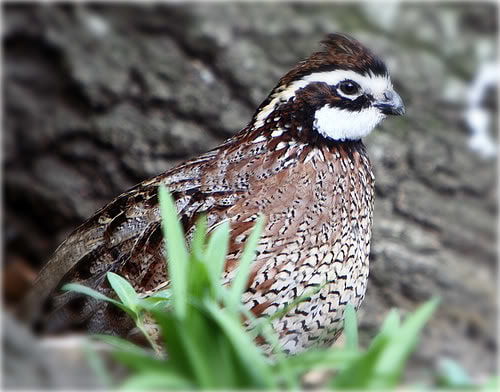
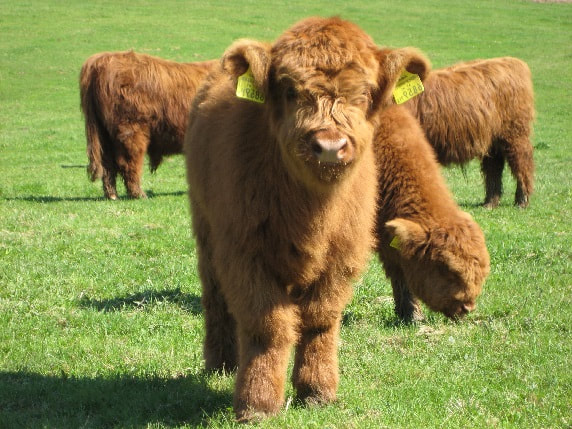
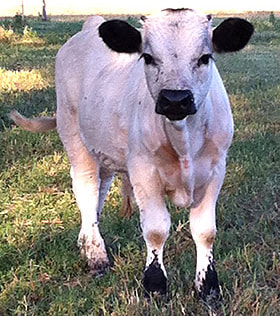
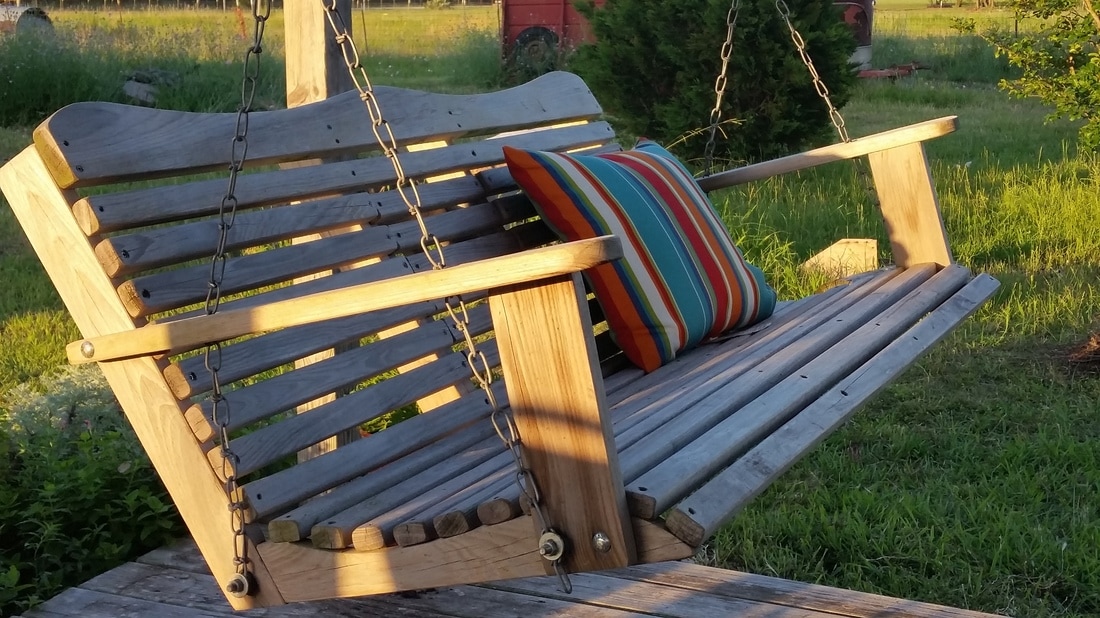

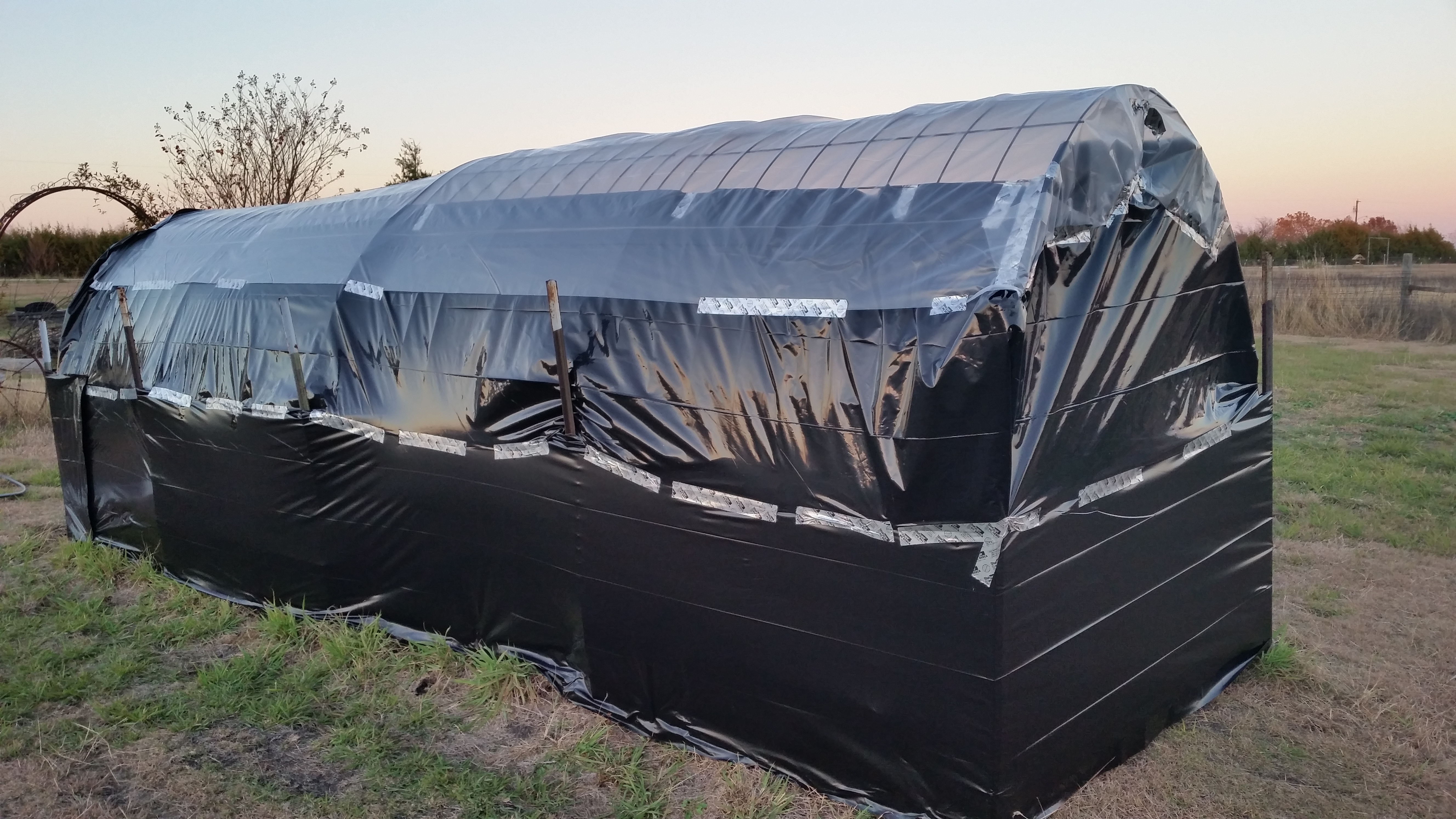
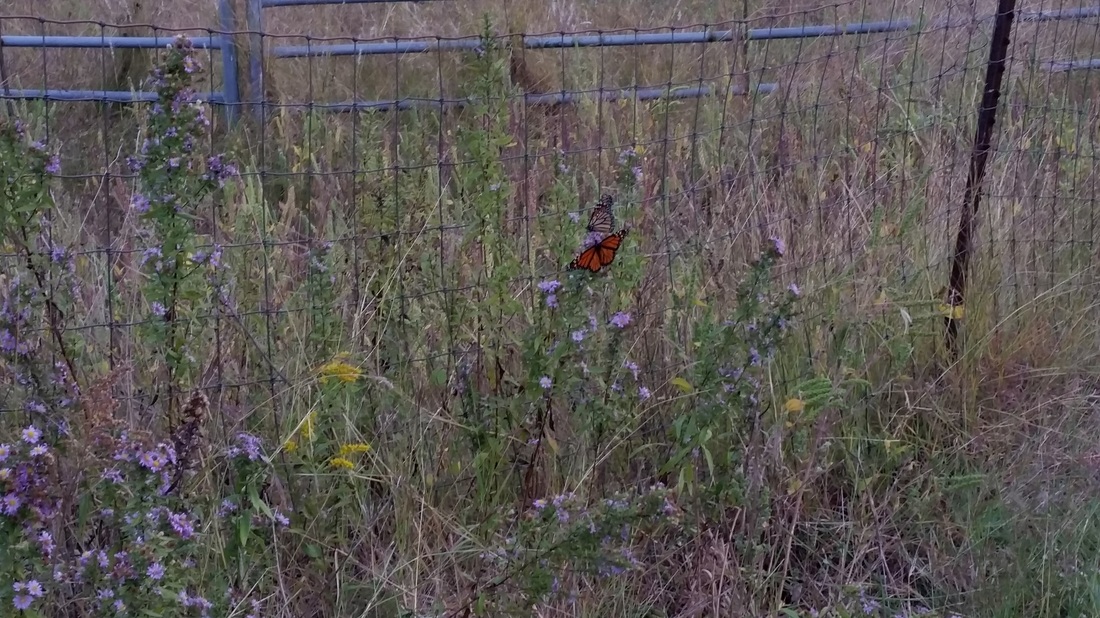

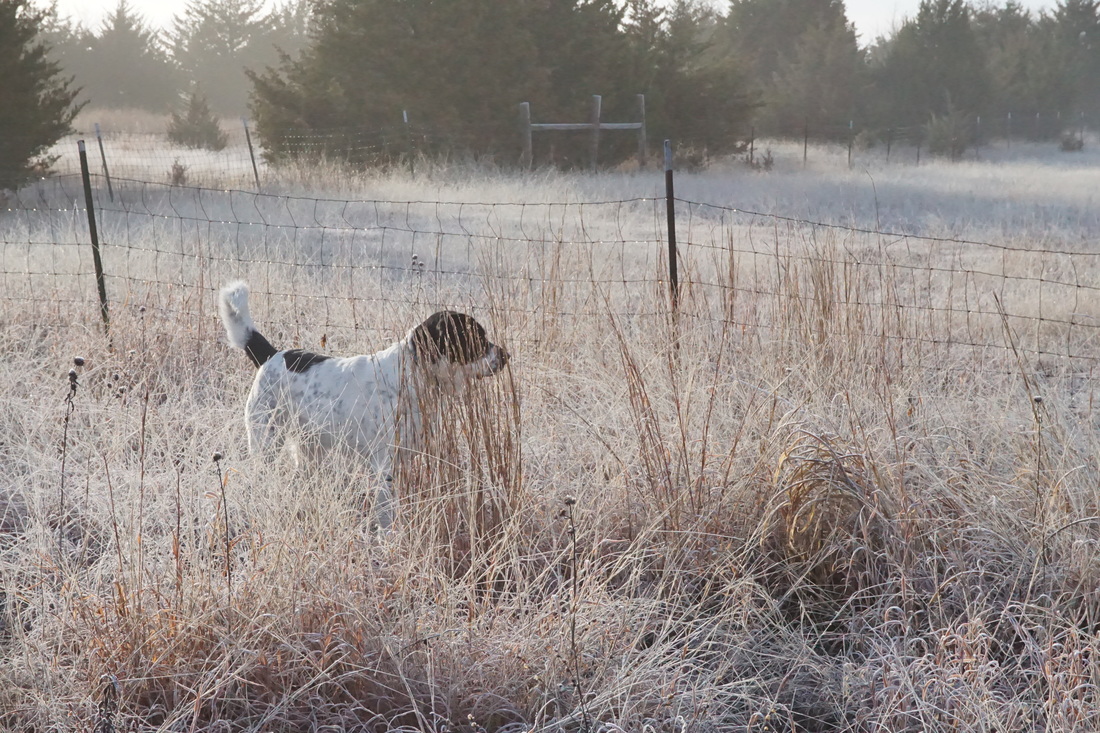
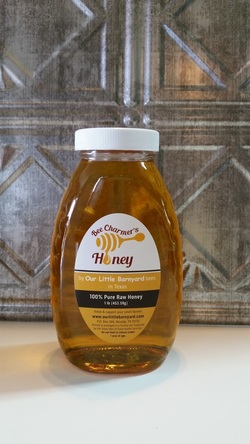
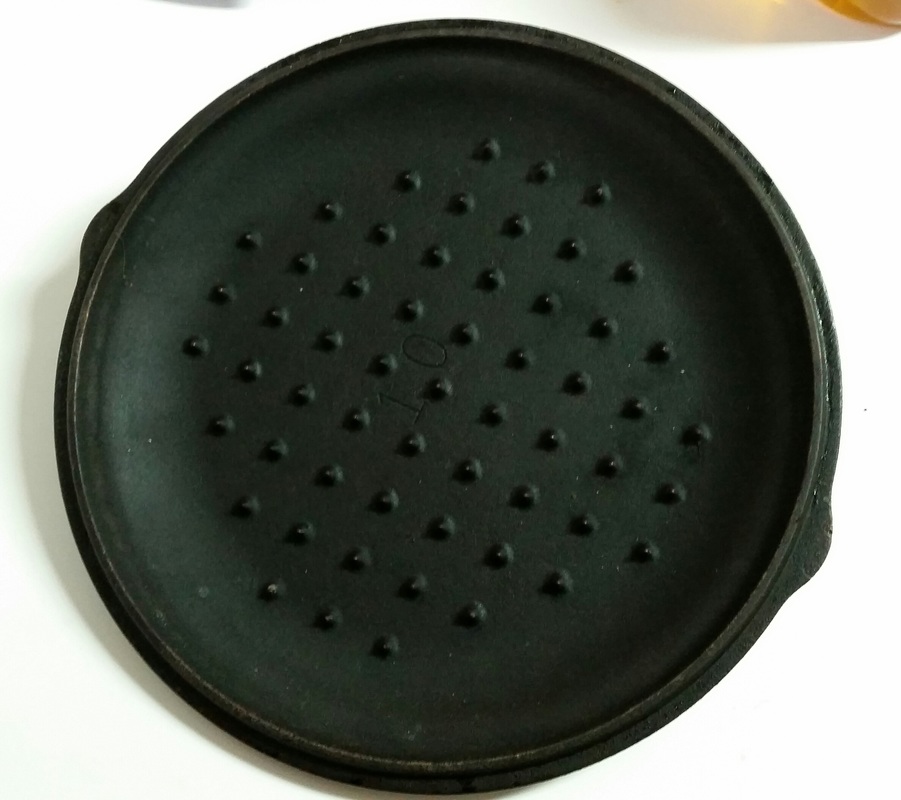


 RSS Feed
RSS Feed